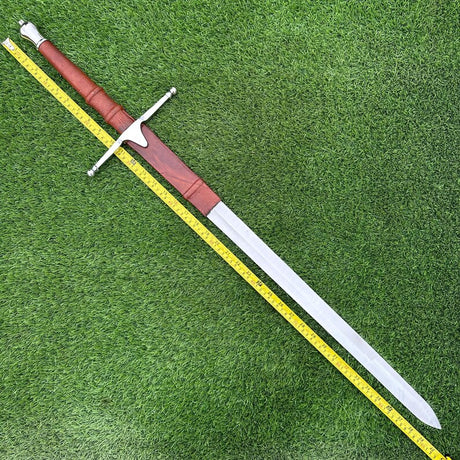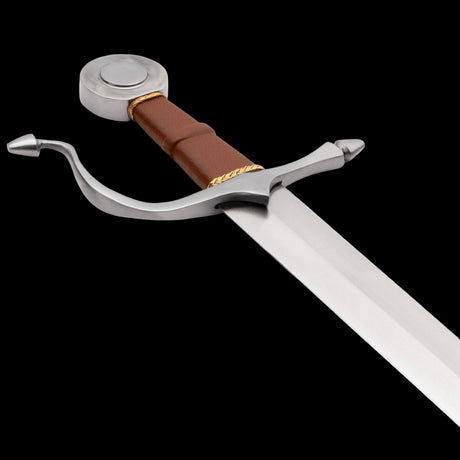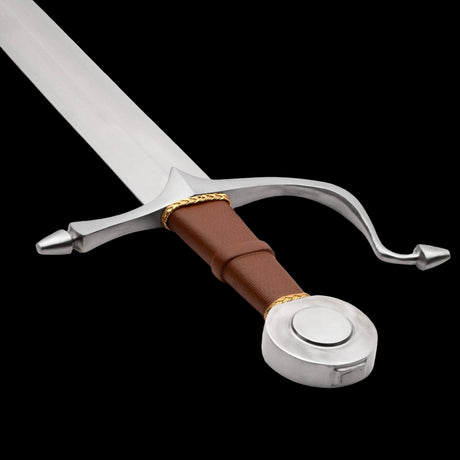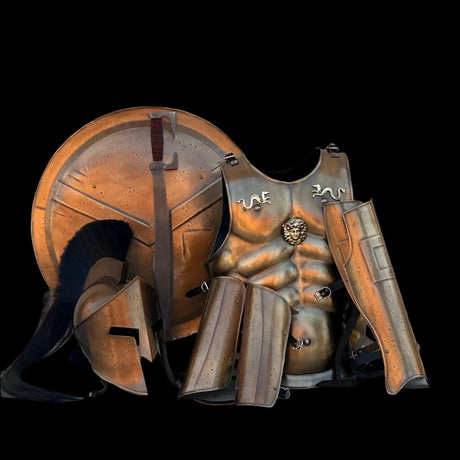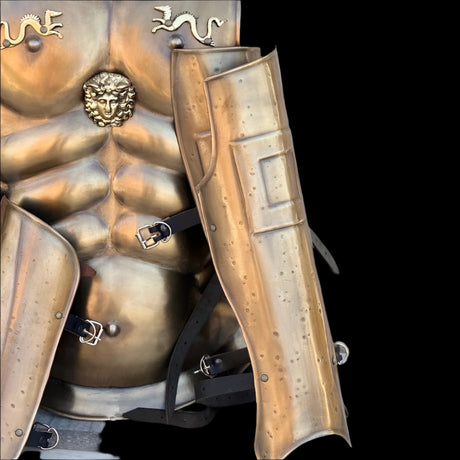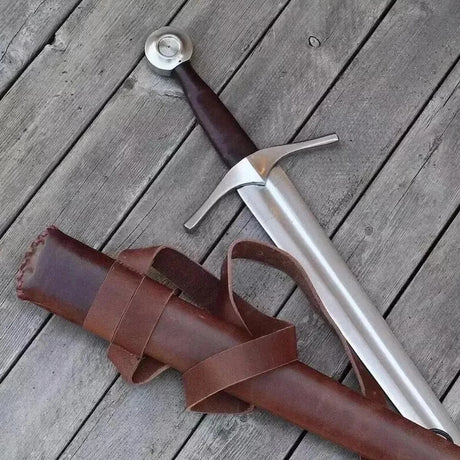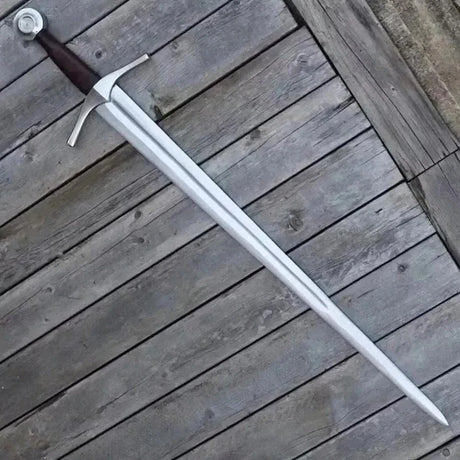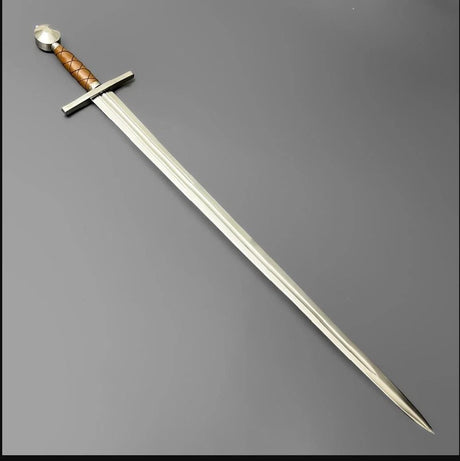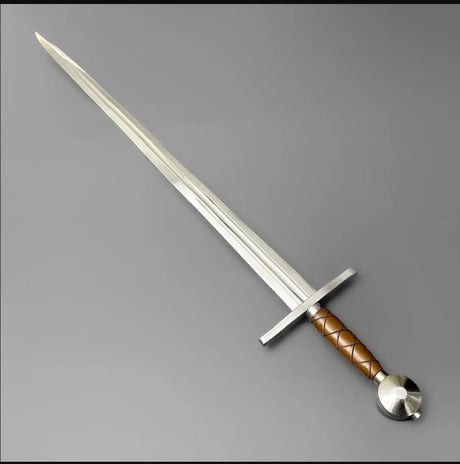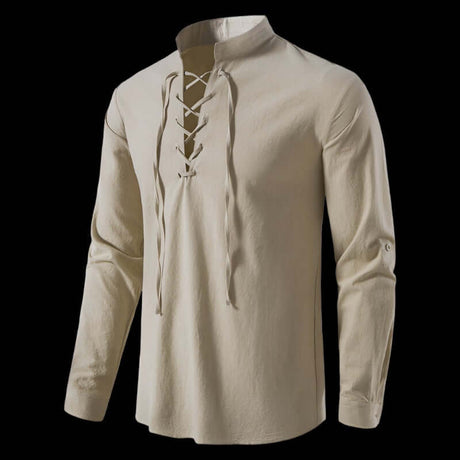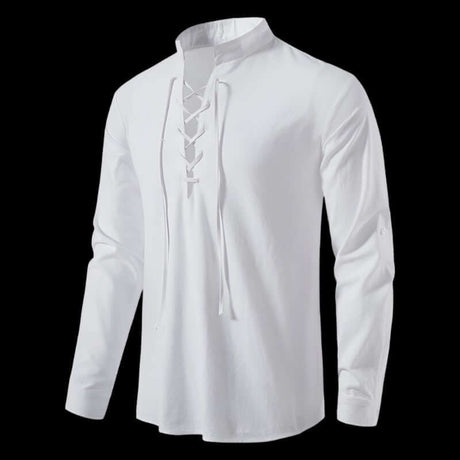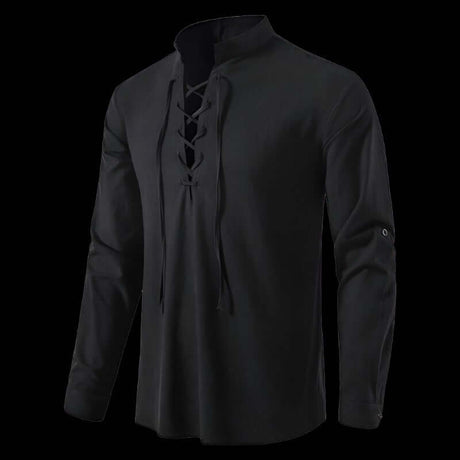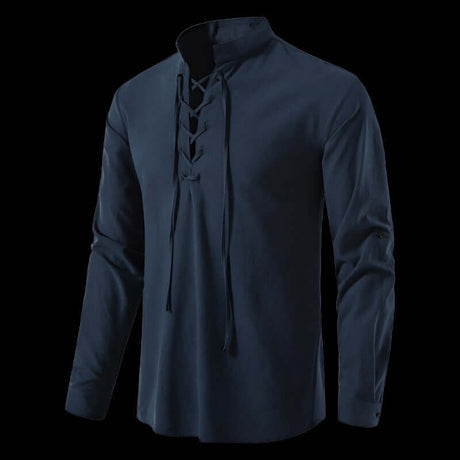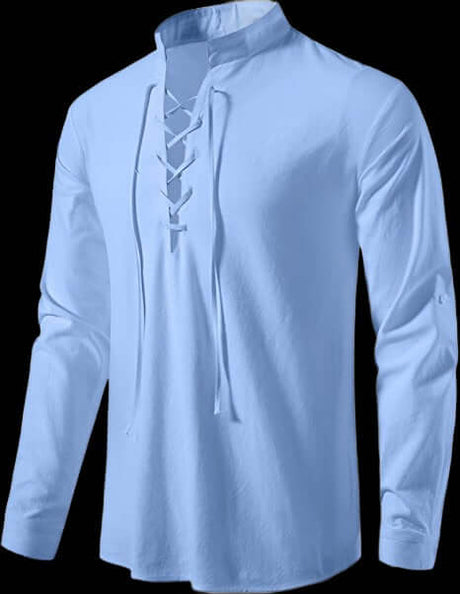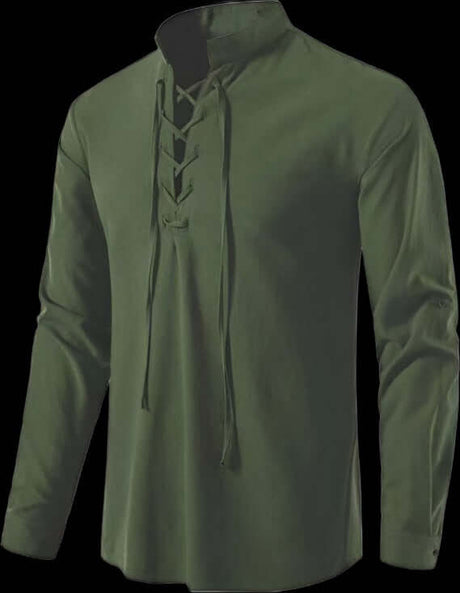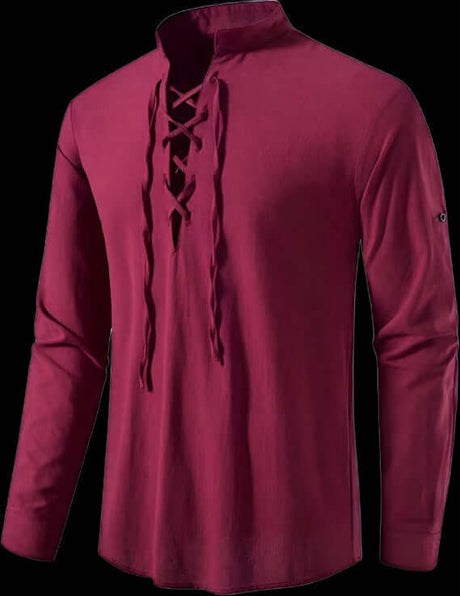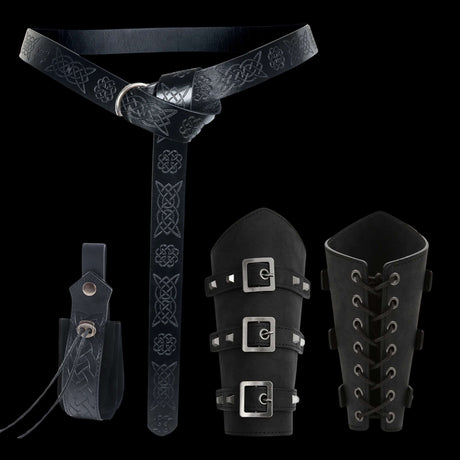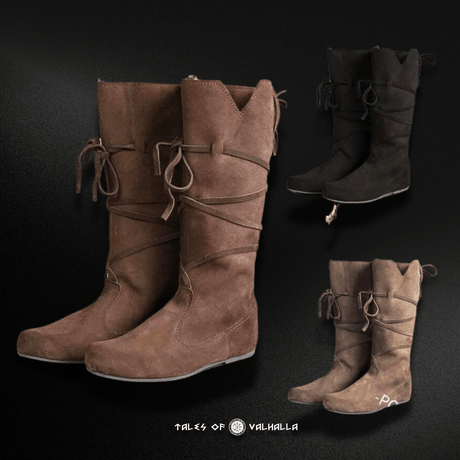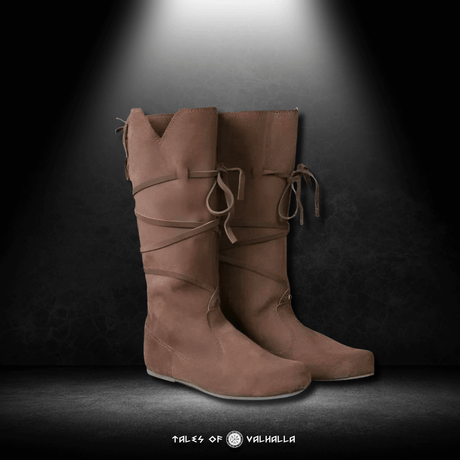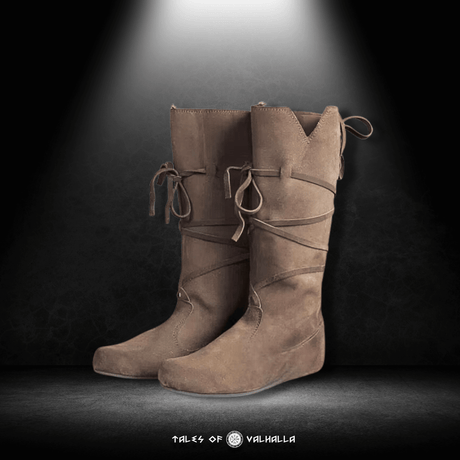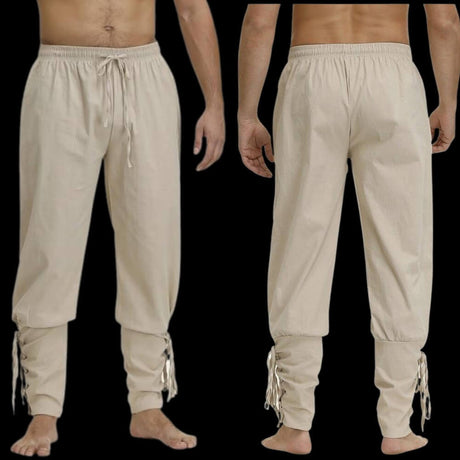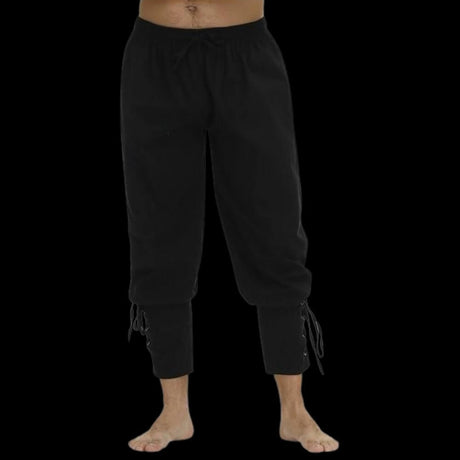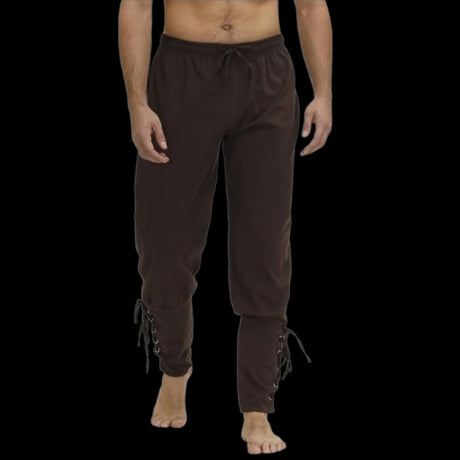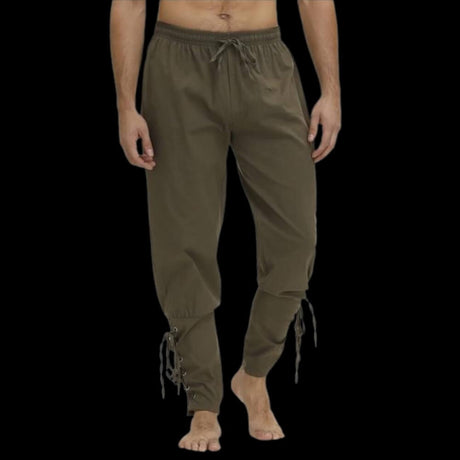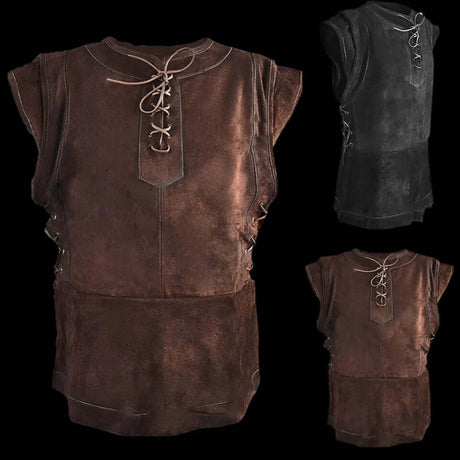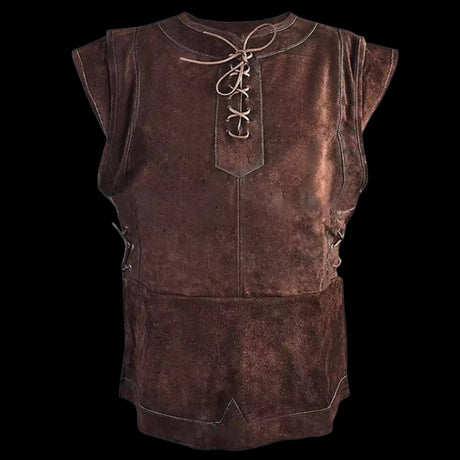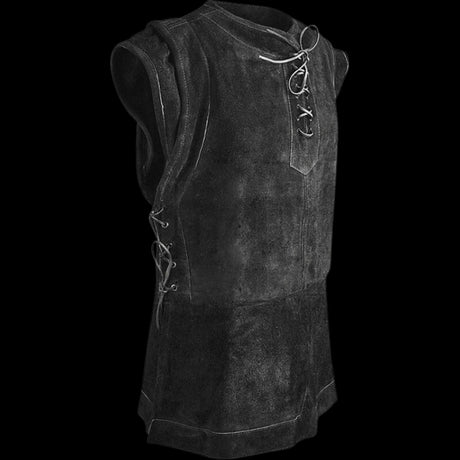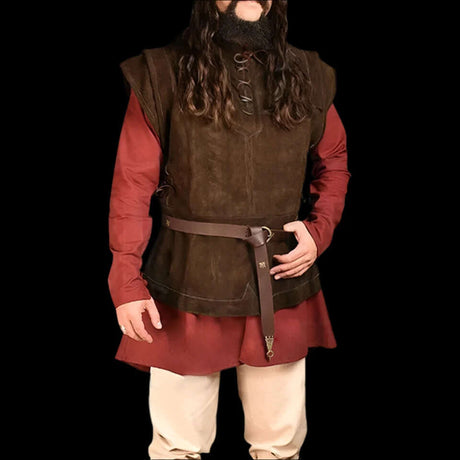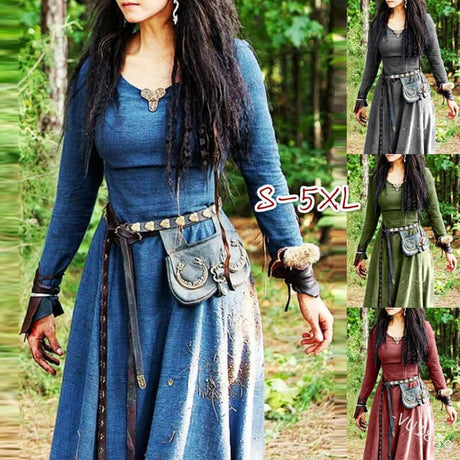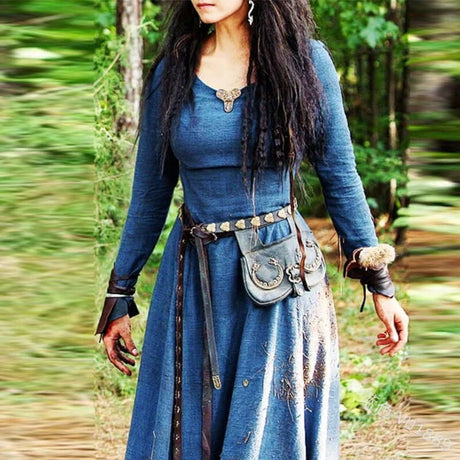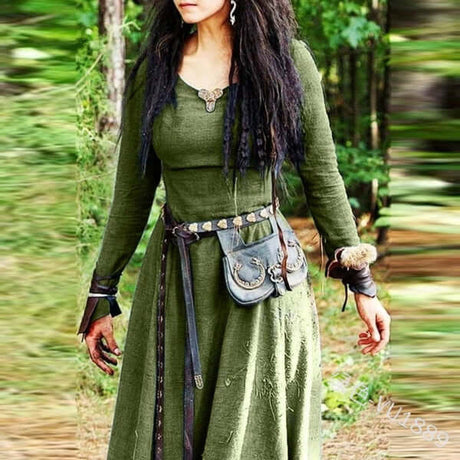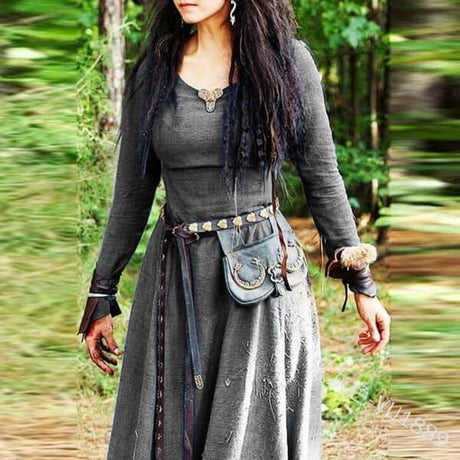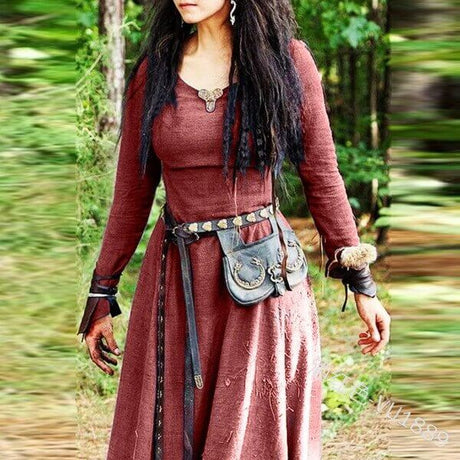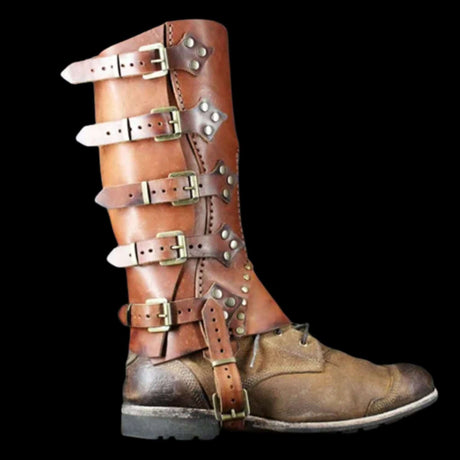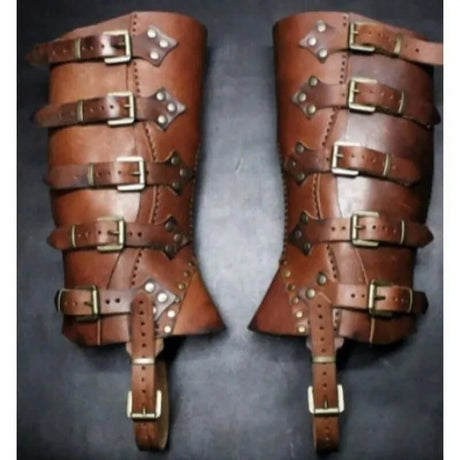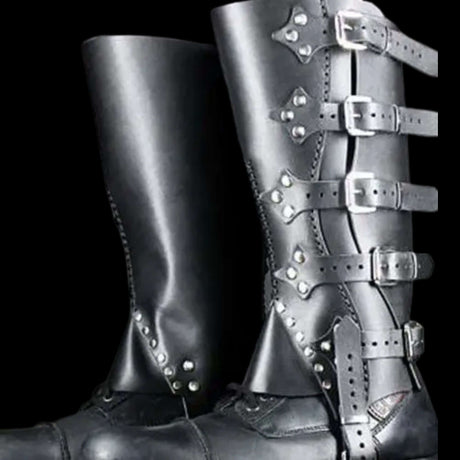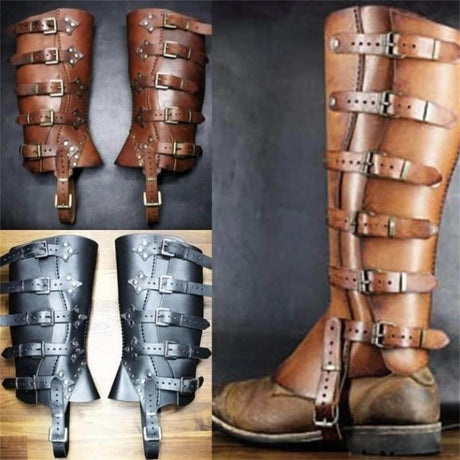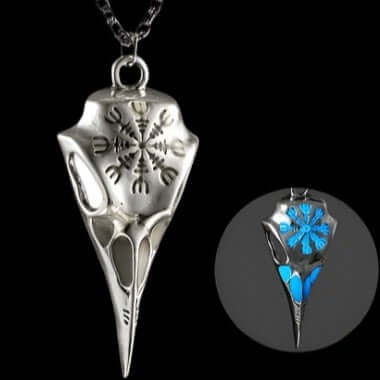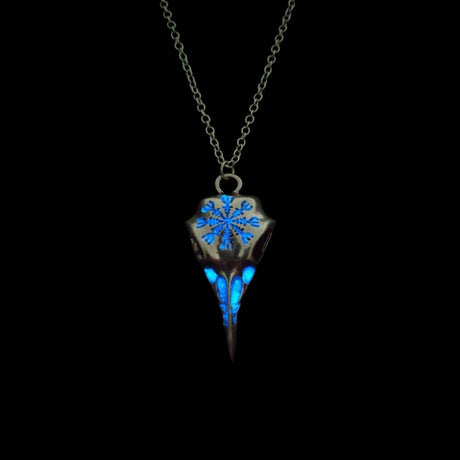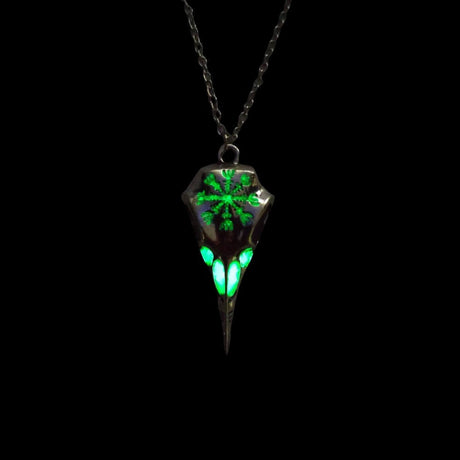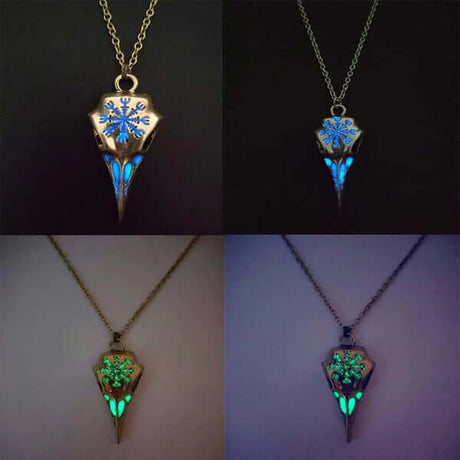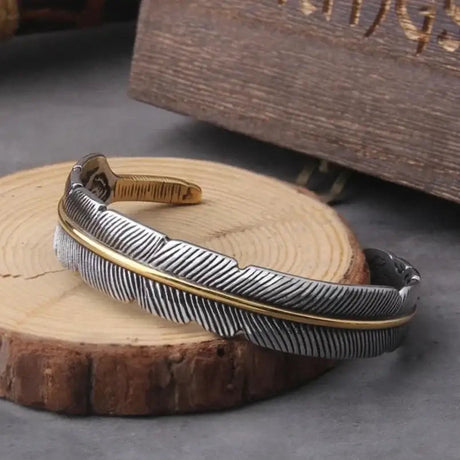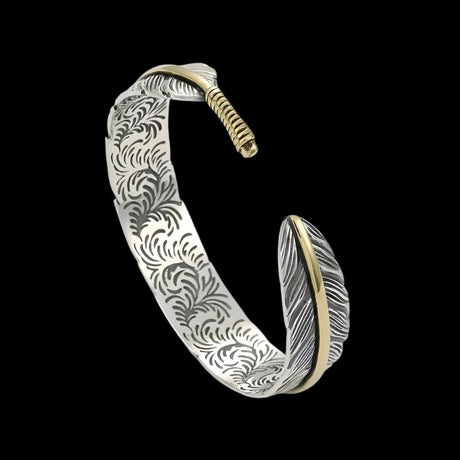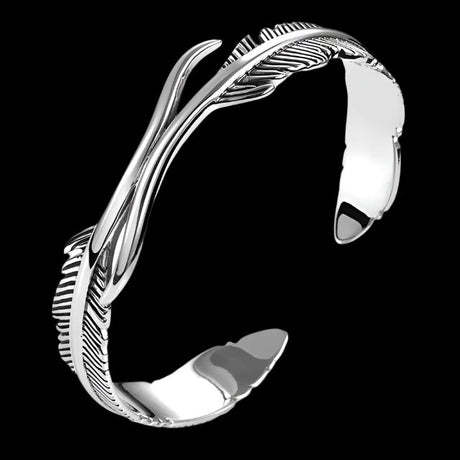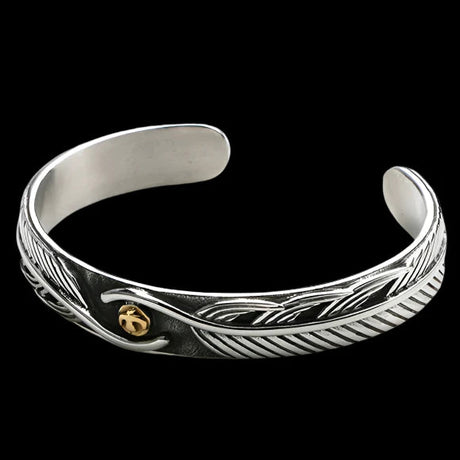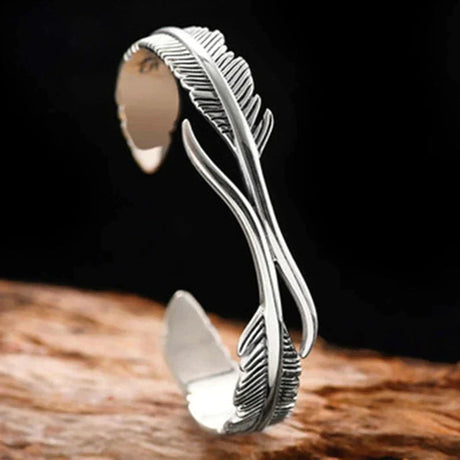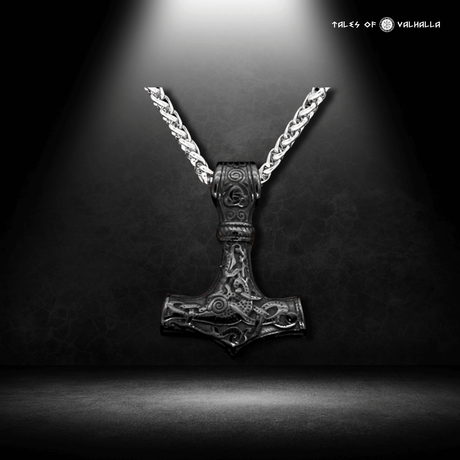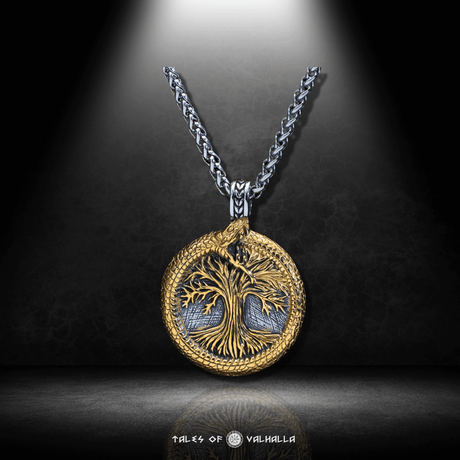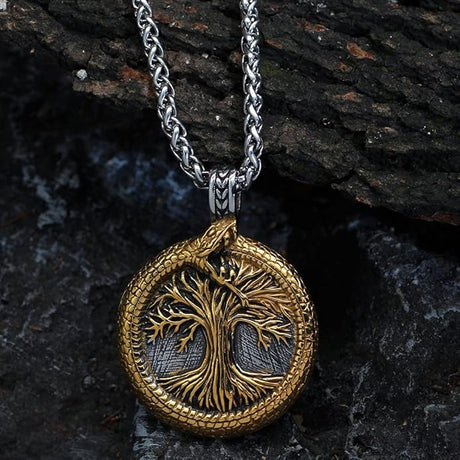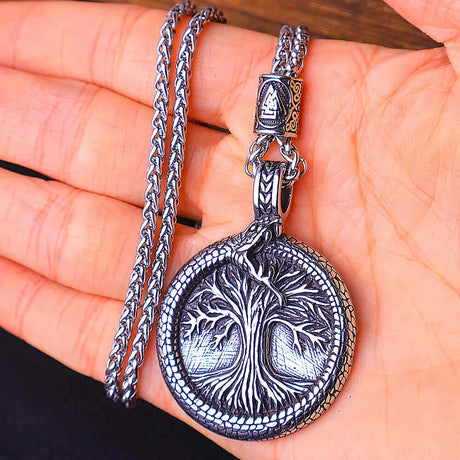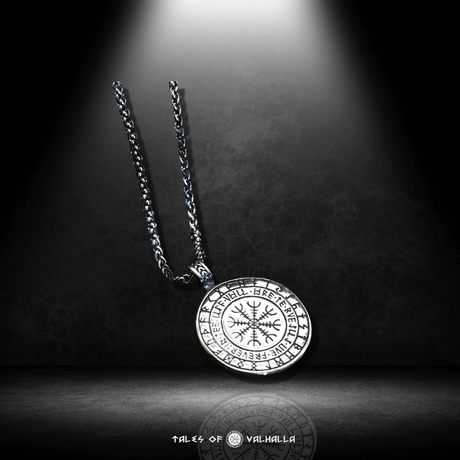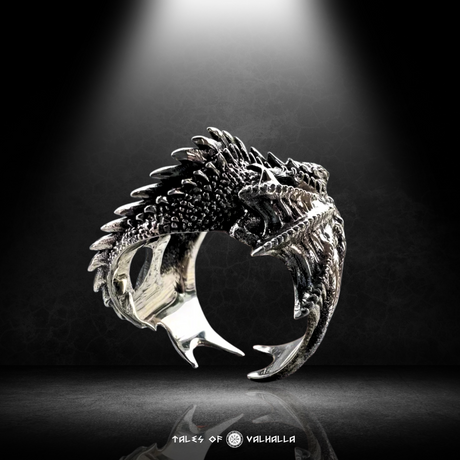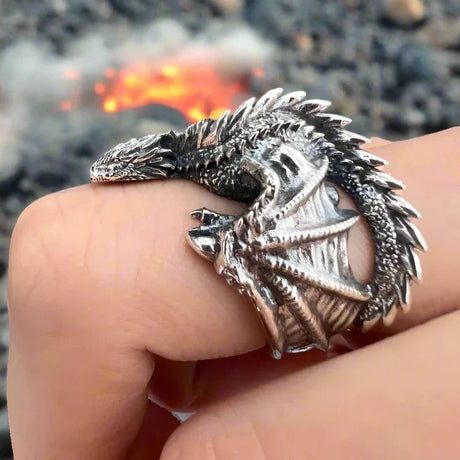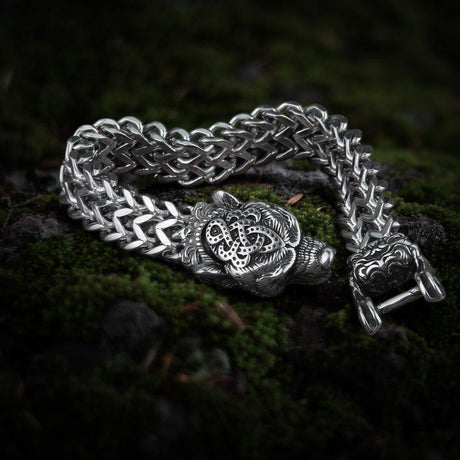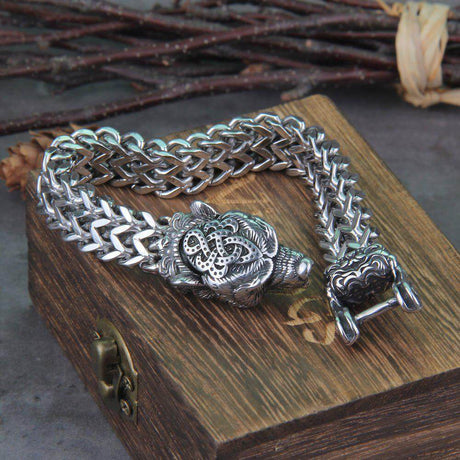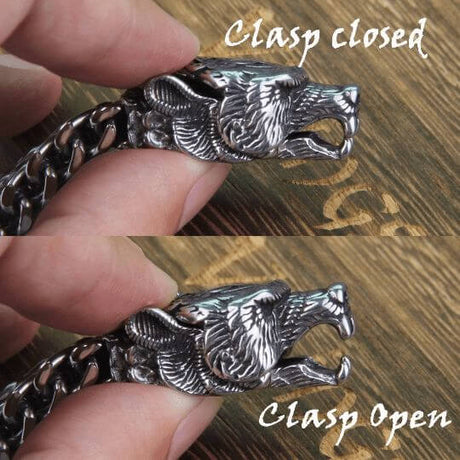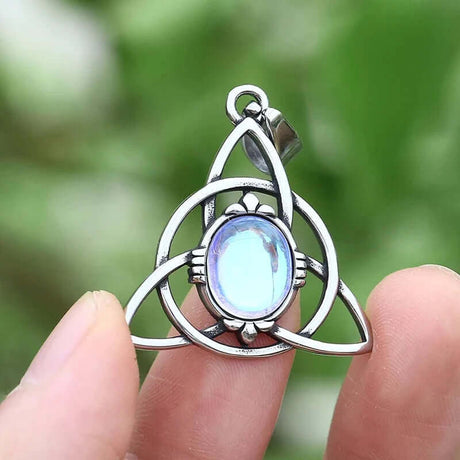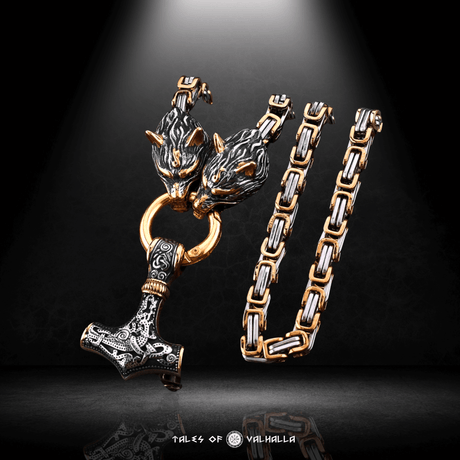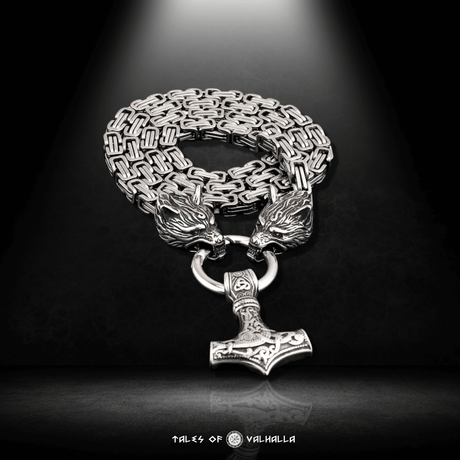Before the realms, before the gods, before humankind, there was only a yawning void, a clash of primordial elements, and the promise of a universe waiting to be born. The Norse Creation Myth is a powerful, stark, and captivating tale, offering a unique vision of cosmic beginnings unlike any other. It’s a story not of serene divine pronouncements, but of violent emergence, cosmic giants, and the very fabric of the world being forged from the body of a sacrificed being. This is the foundation upon which the entire Viking worldview was built, influencing their understanding of life, death, gods, and fate.
Many are familiar with the heroic Viking Gods like Odin and Thor, or the fiery end of Ragnarök, but the Norse Creation Myth itself, the very genesis of their cosmos, often remains shrouded in a more ancient mist. This exploration will journey back to the dawn of time, as envisioned by the Norse people, to uncover the key events, figures, symbolism, and enduring power of their creation story. Understanding the Norse Creation Myth is essential to grasping the soul of the Viking Age.
Before Time Began: The Void of Ginnungagap – Where Worlds Collide
The Norse Creation Myth begins not with light, but with a vast, empty chasm known as Ginnungagap – the "Yawning Gap" or "Gaping Void." This was not simply nothingness; it was a space of potential, flanked by two opposing primordial realms.

The Void of Ginnungagap – Where Worlds Collide
Muspelheim: The Realm of Fire
To the south lay Muspelheim, a searing, incandescent realm of fire and heat. It was a land of eternal flame, populated by fire giants, and ruled by the formidable Surtr, who wielded a flaming sword and was destined to play a crucial role in the destruction of the gods at Ragnarök. The intense heat and light of Muspelheim represented one of the fundamental creative (and destructive) forces in the Norse Creation Myth.
Niflheim: The Realm of Ice and Mist
To the north lay Niflheim, a realm of primordial ice, bitter cold, and endless mist. Within Niflheim was the spring Hvergelmir ("Roaring Kettle"), from which flowed eleven poisonous rivers known collectively as the Élivágar. These rivers carried ice and rime, freezing as they moved further from their source, slowly filling parts of Ginnungagap with frozen venom and vast glaciers. Niflheim embodied the opposite elemental force to Muspelheim, a frigid, dark counterpoint in the Norse Creation Myth.
The Clash of Elements: The Spark of Creation
The cosmic stage was set. Ginnungagap lay between the searing heat of Muspelheim and the biting cold of Niflheim. It was in this chasm that the Norse Creation Myth truly began, as these opposing forces met.
- The Meeting Point: The warm air and sparks from Muspelheim drifted north, encountering the frozen rime and ice flowing from Niflheim’s rivers.
- The Thaw: Where fire met ice, a great thaw occurred. The ice began to melt, and from these dripping, life-giving waters, the first stirrings of existence emerged. This dramatic interaction of opposing elements is a core theme of the Norse Creation Myth.
The Birth of Giants and Gods: From Chaos Comes Life
From the primordial chaos of Ginnungagap, the first beings were formed, setting the stage for the emergence of both giants and gods.
Ymir: The First Being, a Primordial Frost Giant
As the ice melted in Ginnungagap, the drops of water quickened into life and took the form of a colossal being: Ymir, the first of the frost giants (jötnar).
- A Being of Immense Size: Ymir was a hermaphroditic giant, from whose sweat and asexually produced offspring the race of frost giants descended. He was a raw, primal force, embodying the untamed chaos of the early universe.
- Nourishment from Audhumla: Ymir was sustained by the milk of another primordial being, the cow Audhumla, who also emerged from the melting ice.
Audhumla: The Primordial Cow, Licker of Gods
Audhumla herself played a crucial role in the Norse Creation Myth by uncovering the first of the gods.
- Sustaining Ymir: Four rivers of milk flowed from Audhumla’s udders, providing sustenance for Ymir.
- Licking Búri Free: To sustain herself, Audhumla licked the salty rime-stones that had formed in Ginnungagap. Over three days of licking, she uncovered a being trapped within the ice: Búri, the first of the Aesir gods. This act highlights the unexpected origins of the divine in the Norse Creation Myth.
The First Gods: Búri, Borr, and Bestla – The Lineage of Odin
Búri was fair and mighty. He eventually had a son named Borr. Borr, in turn, married Bestla, a daughter of the frost giant Bölþorn (making Bestla a giantess).
- A Mixed Heritage: This union between Borr (a god) and Bestla (a giantess) is significant, as it means the gods themselves had giantish ancestry. This intermingling of divine and giantish blood is a recurring theme in Norse mythology and adds complexity to the relationships within the pantheon.
- The Birth of Odin, Vili, and Ve: Borr and Bestla had three sons: Odin (the Allfather, chief of the Aesir), Vili (Will), and Vé (Sanctuary or Holiness). These three brothers would become the architects of the cosmos as we know it in the Norse Creation Myth.
The Cosmic Sacrifice: Odin, Vili, and Ve Slay Ymir
The emergence of the gods brought them into inevitable conflict with the frost giants, the offspring of Ymir. The Norse Creation Myth takes a violent turn as Odin and his brothers decide to slay the primordial giant.
The War Against the Giants (Early Stages)
Ymir and his giant offspring represented the untamed, chaotic forces of the early universe. The young gods, led by Odin, Vili, and Ve, recognized that to create a stable and ordered cosmos, they needed to overcome these primal forces. This sets the stage for an ongoing conflict between gods and giants that permeates Norse mythology.
The Slaying of Ymir: A Pivotal Act
The decision to kill Ymir was a monumental one. It was an act of deicide, but also a necessary sacrifice for the creation of a habitable world.
- The Act: Odin, Vili, and Ve rose up against Ymir and, after a fierce struggle, slew him.
- The Great Flood: So much blood flowed from Ymir's wounds that it created a great flood, drowning all the frost giants except for one, Bergelmir, and his wife, who escaped on a wooden box (or lúðr) and became the progenitors of a new race of giants. This flood motif is found in many creation stories worldwide, but the Norse Creation Myth gives it a uniquely violent origin.
Creating the World from Ymir's Body: A Universe Forged from Sacrifice
This is the central act of world creation in the Norse Creation Myth. From the colossal corpse of Ymir, Odin and his brothers fashioned the known universe:
- Flesh Becomes Earth: They took Ymir's flesh and formed the earth (Midgard, the realm of humans).
- Blood Becomes Oceans: His blood became the vast oceans, rivers, and lakes that surround and permeate the land.
- Bones Become Mountains: His bones were piled up to create the mountains and hills.
- Teeth Become Rocks: His teeth and shattered bone fragments became the rocks, pebbles, and stones.
- Skull Becomes the Sky: They took Ymir's skull and set it up to form the dome of the sky. Four dwarves – Norðri (North), Suðri (South), Austri (East), and Vestri (West) – were appointed to hold up the sky at its four corners. This imagery solidifies the Norse Creation Myth's vision of a structured cosmos.
- Brains Become Clouds: Ymir's brains were scattered into the sky to form the clouds.
- Eyelashes Form Midgard's Walls: To protect the newly formed earth from the remaining giants, the gods used Ymir's eyelashes to build a great defensive wall around Midgard.
This act of creation through dismemberment and sacrifice is a powerful and somewhat gruesome theme, highlighting the Norse understanding that life often emerges from death and destruction. The Norse Creation Myth is not gentle.
The Genesis of Humanity: Ask and Embla – Fashioned from Wood
With the world formed, the gods turned their attention to populating it with humans. The Norse Creation Myth has a beautifully simple yet profound account of humanity's origins.
Finding the Logs on the Seashore
Odin, Vili, and Ve (or sometimes Odin, Hœnir, and Lóðurr, depending on the source, like the poem Völuspá) were walking along the seashore when they found two lifeless tree trunks, or logs, washed ashore. One was from an ash tree, the other from an elm tree.
Bestowing Life and Attributes: The Gifts of the Gods
The three gods then imbued these logs with life and human qualities:
- Odin gave them breath and spirit (önd).
- Vili (or Hœnir) gave them consciousness and movement (óðr).
- Vé (or Lóðurr) gave them form, speech, and senses (lá ok litu góða - appearance and fair hues).
Thus, the first man, Ask (Ash), and the first woman, Embla (Elm), were created. They were given Midgard to dwell in, and from them, all humanity descended. This part of the Norse Creation Myth emphasizes a close connection between humans and nature, specifically trees.
Structuring the Cosmos: Yggdrasil and the Nine Worlds
The creation of the earth and humanity was followed by the establishment of the cosmic order, centered around the World Tree, Yggdrasil. While Yggdrasil's exact origin within the creation sequence can be debated (some see it as pre-existing Ymir's death), its role in structuring the cosmos is undeniable.
Yggdrasil, the World Tree: The Cosmic Axis
Yggdrasil is an immense ash tree whose branches extend over all the worlds and whose roots delve deep into the primordial realms. It is the central pillar of Norse cosmology, connecting and sustaining the Nine Worlds. It is a constant presence throughout the Norse Creation Myth and beyond.
The Nine Worlds: A Universe of Realms
Yggdrasil supports the Nine Worlds, the distinct realms inhabited by different beings:
- Asgard: Realm of the Aesir gods.
- Vanaheimr: Realm of the Vanir gods.
- Álfheimr (Ljósálfheimr): Realm of the Light Elves.
- Midgard: Realm of Humans, encircled by Ymir's eyelashes.
- Jötunheimr (Útgarðr): Realm of the Giants (Jötnar).
- Svartálfaheimr (Niðavellir): Realm of the Dwarves (Dark Elves).
- Niflheim: Primordial realm of ice and mist, one of the roots of Yggdrasil.
- Muspelheim: Primordial realm of fire, another root of Yggdrasil.
- Helheim (Hel): Realm of the dishonorable dead, ruled by the goddess Hel, located within Niflheim.
The Norse Creation Myth therefore describes not just the creation of one world, but a complex, interconnected multiverse.
Interpreting the Norse Creation Myth: Themes and Symbolism
The Norse Creation Myth is rich with symbolism and reflects core themes of the Viking worldview.
- Order from Chaos: This is the dominant theme. The cosmos emerges from the chaotic void of Ginnungagap and the violent interaction of fire and ice. The slaying of Ymir, though brutal, is an act of imposing order on this primordial chaos.
- Conflict and Sacrifice as Creative Forces: Creation is not a peaceful process. It is born from conflict (gods vs. giants) and sacrifice (the dismemberment of Ymir). This reflects a worldview that understood life and progress often involve struggle and loss.
- The Interconnectedness of Life and Death: Ymir's death gives life to the world. The very matter of the cosmos is formed from his remains. This highlights a cyclical understanding where death is not an end but a transformation.
- The Power of Primal Nature: The elemental forces of fire (Muspelheim) and ice (Niflheim) are the initial building blocks of existence. This reflects the profound respect and awe the Vikings had for the powerful, often harsh, natural world they inhabited.
- Kinship, Lineage, and Conflict: The story establishes the lineages of gods and giants and the inherent conflict between them. Kinship and rivalry are central themes throughout Norse mythology.
- The Fragility of Order: Even after creation, the cosmos is not entirely stable. Níðhöggr gnaws at Yggdrasil's roots, and the threat of giants and Ragnarök looms. The order established in the Norse Creation Myth is constantly under threat.
Our Sources: The Eddas and Sagas – A Window to the Past
Our primary knowledge of the Norse Creation Myth comes from medieval Icelandic texts:
-
The Poetic Edda: A collection of Old Norse poems, compiled in the 13th century from earlier oral traditions. Key poems include:
- Völuspá (The Seeress's Prophecy): Contains a powerful account of the creation, the history of the worlds, and their ultimate destruction at Ragnarök.
- Grímnismál (The Sayings of Grímnir): Odin, in disguise, reveals cosmological lore, including details about Yggdrasil and its inhabitants.
- Vafþrúðnismál (The Sayings of Vafþrúðnir): A wisdom contest between Odin and the giant Vafþrúðnir, revealing details about the origins of giants, gods, and the world.
- The Prose Edda (Snorra Edda): Written by the Icelandic scholar and chieftain Snorri Sturluson in the early 13th century. The section Gylfaginning ("The Deluding of Gylfi") provides the most systematic and detailed prose account of the Norse Creation Myth.
It's vital to remember that these texts were written down after Scandinavia had largely converted to Christianity. While they preserve invaluable pre-Christian lore, they were recorded by Christians and may reflect their interpretations, attempts to systematize diverse beliefs, or even subtle Christian influences.
See more: Beyond Mjölnir and Ravens: Unveiling the True Nature of the Viking Gods
The Enduring Legacy of the Norse Creation Myth
The Norse Creation Myth, with its stark imagery and profound themes, has left a lasting impact.

The Enduring Legacy of the Norse Creation Myth
- Influence on Literature and Art: It has inspired countless works of literature (from J.R.R. Tolkien to Neil Gaiman), art, music (notably Richard Wagner's "Ring Cycle"), and film.
- Modern Paganism/Heathenry: For followers of modern Asatru and Heathenry, the Norse Creation Myth is a sacred story, providing a foundation for their spiritual beliefs and practices.
- A Unique Worldview: It stands as one of the world's most distinctive and compelling creation stories, offering a powerful alternative to more widely known narratives. Its emphasis on cosmic conflict, the sacrifice of a primal being, and the cyclical nature of existence sets it apart.
- Understanding Viking Culture: The Norse Creation Myth provides crucial insights into how the Vikings perceived their world, their gods, their place in the cosmos, and the fundamental forces they believed shaped their lives.
Table: Key Figures & Elements in the Norse Creation Myth
| Figure/Element | Role/Description | Significance in the Norse Creation Myth |
|---|---|---|
| Ginnungagap | The primordial void between fire and ice. | The birthplace of creation, where elemental forces met. |
| Muspelheim | Realm of fire, ruled by Surtr. | One of the two primordial realms; source of heat and destructive/creative fire. |
| Niflheim | Realm of ice and mist, source of the Élivágar rivers. | One of the two primordial realms; source of cold and primal ice. |
| Ymir | The first being, a primordial frost giant. | Progenitor of giants; his sacrificed body formed the cosmos (earth, sky, sea, mountains). |
| Audhumla | The primordial cow. | Nourished Ymir; licked Búri (first god) from salty ice blocks. |
| Búri | The first god, father of Borr. | Ancestor of the Aesir gods. |
| Borr & Bestla | Parents of Odin, Vili, and Ve. (Bestla was a giantess). | Signifies the intermingling of god and giant lineage. |
| Odin, Vili, & Ve | Sons of Borr and Bestla; the creators of the world and humanity. | Slew Ymir and fashioned the cosmos from his body; created Ask and Embla. |
| Ask & Embla | The first humans, created from two tree trunks (ash and elm). | Progenitors of humankind; their creation signifies humanity's connection to nature and divine endowment. |
| Yggdrasil | The immense World Tree, connecting the Nine Worlds. | The central axis of Norse cosmology, sustaining and structuring the universe created in the Norse Creation Myth. |
Conclusion: A Universe Born of Giants and Gods
The Norse Creation Myth tells of a cosmos born not in peace, but in chaos and sacrifice. From the void of Ginnungagap to the shaping of the world from a slain giant, and the rise of Yggdrasil, this myth speaks of life, death, and eternal cycles.
At Tales of Valhalla, we draw inspiration from these ancient beginnings—stories where fire and frost clashed, gods rose from darkness, and meaning was forged through struggle. It’s a vision of creation as bold and enduring as the Viking spirit itself.
6 FAQs
-
Q: What existed before the world in the Norse Creation Myth?
A: Before the world, the Norse Creation Myth describes a vast, empty void called Ginnungagap. This void was flanked by two primordial realms: Muspelheim, a land of fire and heat to the south, and Niflheim, a realm of ice, mist, and frozen rivers to the north.
-
Q: Who was Ymir, and what was his role in the Norse Creation Myth?
A: Ymir was the first being in the Norse Creation Myth, a primordial frost giant formed from the melting ice where the heat of Muspelheim met the cold of Niflheim in Ginnungagap. He was nourished by the primordial cow Audhumla. Ymir's body was later slain by Odin, Vili, and Ve, and from it, they fashioned the cosmos.
-
Q: How was the world (Midgard) created according to the Norse Creation Myth?
A: After slaying Ymir, Odin and his brothers Vili and Ve used his body parts to create the world. His flesh became the earth, his blood the oceans and rivers, his bones the mountains, his teeth the rocks and pebbles, his skull the sky (held up by four dwarves), and his brains the clouds. His eyelashes were used to form the defensive walls around Midgard, the realm of humans.
-
Q: Who created the first humans, Ask and Embla, in Norse mythology?
A: According to the Norse Creation Myth, the first humans, Ask (Ash tree) and Embla (Elm tree), were created by the gods Odin, Vili, and Ve (or sometimes cited as Odin, Hœnir, and Lóðurr). They found two driftwood logs on the seashore and gave them breath, spirit, consciousness, senses, form, and speech.
-
Q: What are some of the main themes or messages in the Norse Creation Myth?
A: Key themes in the Norse Creation Myth include the emergence of order from primordial chaos, creation arising from conflict and sacrifice (specifically Ymir's death), the interconnectedness of life and death, the immense power of natural elemental forces (fire and ice), and the importance of kinship and lineage in the origins of gods and giants.
-
Q: Where do we get our information about the Norse Creation Myth?
A: Our primary sources for the Norse Creation Myth are medieval Icelandic texts. These include poems from the Poetic Edda (such as Völuspá, Grímnismál, and Vafþrúðnismál) and the Gylfaginning section of Snorri Sturluson's Prose Edda, written in the 13th century.











